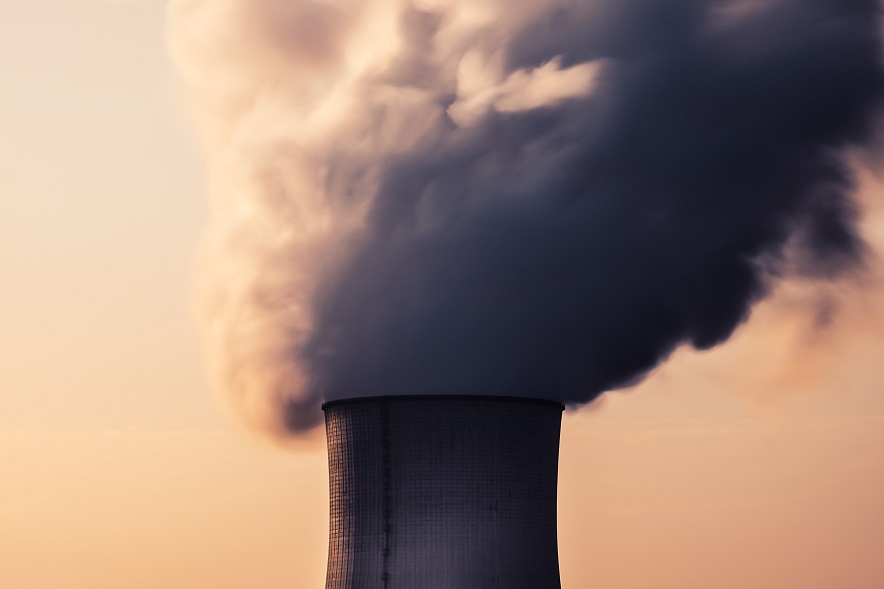Book Review: Emergency Planning for Nuclear Power Plants
Emergency Planning for Nuclear Power Plants. By Paul Elkmann. Published by Routledge; crcpress.com; 362 pages; $105.
Starting with a sound historical platform, Emergency Planning for Nuclear Power Plants prepares the reader to understand the complex nature and evolution of emergency preparedness requirements for nuclear power plants. The author focuses on the technical basis for nuclear emergency planning and provides the reader with a good understanding of issues and risks from a radiological dose perspective. He also leaves room to apply emergency management principles, such as fire and security, that also play a role in response planning.
The book explains how certain directions taken by the U.S. Nuclear Regulatory Commission have helped shape the industry abroad. A key example is a discussion on reactor consequence analysis and the probabilistic risk assessment that is used widely across the industry. The author's focus is on U.S. regulations, although one could argue that difference in regulation today across countries is not significant, thus increasing the relevance of the book to industry emergency managers around the world.
The discussion centers on emergency planning considerations that address the issues associated with two reactor types—pressurized water reactors and boiling water reactors—that are prevalent in the United States. Some risks attributed to other reactor types are not fully addressed in the book.
By effectively deploying mitigation strategies developed since the Fukushima nuclear accident in 2011, the expected radiological dose from large-scale nuclear accidents can be significantly reduced. The author provides good explanations of all aspects of emergency planning. However, too much detail in some sections might confuse the reader. Still, this book is a must-read for all nuclear industry emergency planning managers.
Reviewer: Dan McArthur has more than 30 years of experience in the nuclear industry and now serves as senior strategist at Bruce Power, where he focuses on regulatory and government affairs pertaining to emergency management policy. He is a member of the Canadian Standards Association providing technical input and guidance on emergency preparedness requirements for nuclear power plants in Canada.
